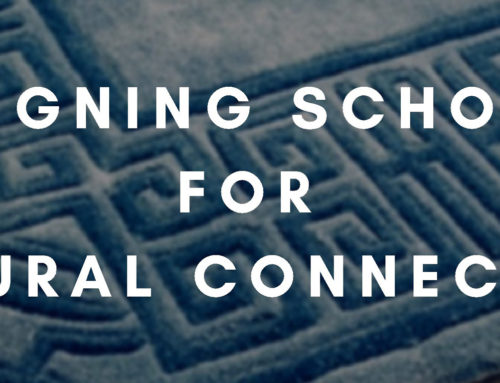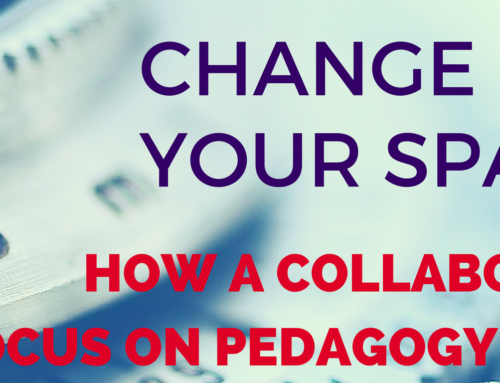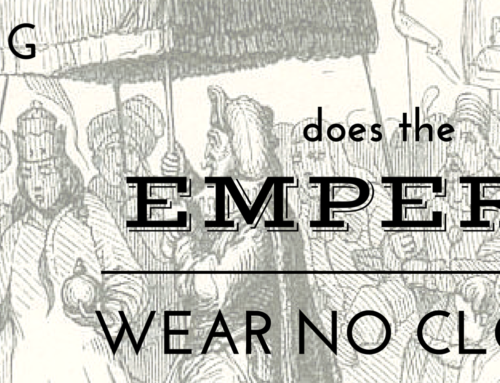One of the great things about have a 21st century learning space with lots of choice for kid’s is the opportunity to have students explore how space affects their learning. The different spaces within a room are designed with a particular learner or role in mind and students need to unlock a cognitive awareness of the purpose and appropriateness of each space.
Collaboration is a hallmark of learning today, but students don’t innately know how to work together. Educators in modern educational environments can help to facilitate student understanding of the important role space plays in our interactions with other another.
At the beginning of the new year, when I brought students into our unique classroom for the first time, we spent a bit of time deconstructing the room. Students began pointing out the differences and hypothesizing about their purpose – group work, resources collection, independent work, presentations etc… Some of the student generated ideas were spot on and others turned certain spaces on their head. We also discussed what some of the agreements for these spaces might be (although we didn’t lock in any agreements at this point wanting more time for exploration).
Over the next week or so I began challenging my students by making them use specific spaces in specific ways. I challenged my students to work in large groups (7-8) in spaces we’d identified. One group was collaborating in a inward facing semi-circle using the sprawling whiteboard wall to record ideas, another was squeezed in tightly to one of the stand up stations, while a third group was asked to stand in a line against a wall to answer the questions. After a period of 10 to15 minutes we de-briefed about what worked (and what didn’t) in each group. From that reflection we began to shape some rules about body position and group work. Other activities included lying in a circle with heads out towards the exterior. Again the same process was followed and more group work agreements created.
Through experimentation and reflection students became aware body position in co-operative situations. Students also became aware that too many people too close together was not a good thing either. For one activity I taped a small square on the floor and asked students to all sit in the narrow space. Before the activity started, students believed that proximity would be a benefit but many quickly became dis-engaged due to discomfort.
Having students explore the spaces that you create in your room ensures that students will use them properly. One of the primary foci of having a dynamic space is for students to become aware of how, where, when and with whom they learn best. Experiments and reflections are one of the best ways I found to do this. Give it a try in your class – I’d love to hear about it…








This info is invaluable. Where can I find out more?
[…] The same idea thus is transferred to our understanding of space. The concept of cognitive dissonance forces students to analyse their previous behaviours and habits in relation to their environment. Whether it was who they were socialising with, there access to natural light or a change in body positioning the jarring metamorphosis of space allows student the appropriate time to re-evaluate their use of space for learning. Students must balance their previous behaviour with a reflection of how they learn best. […]